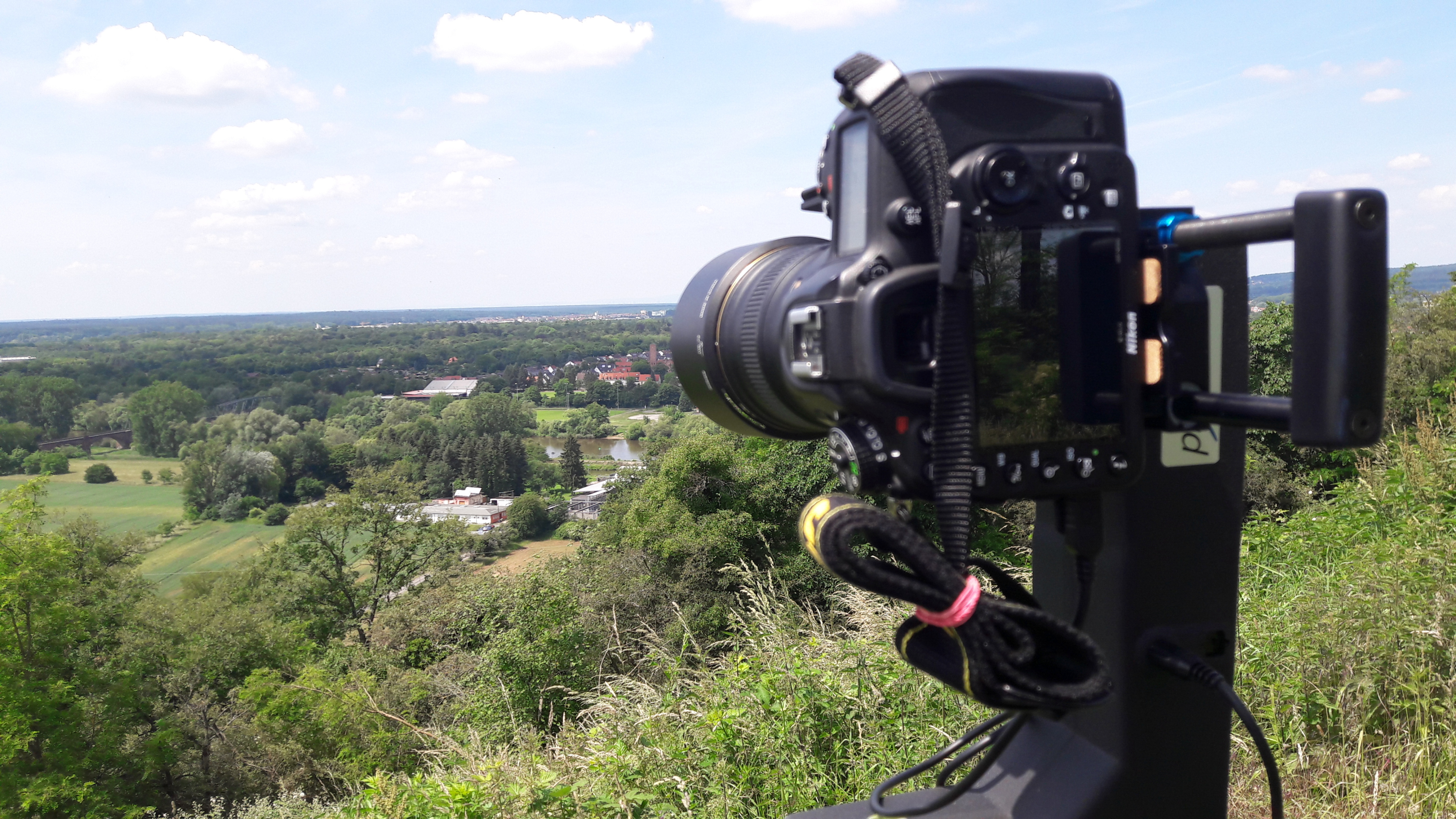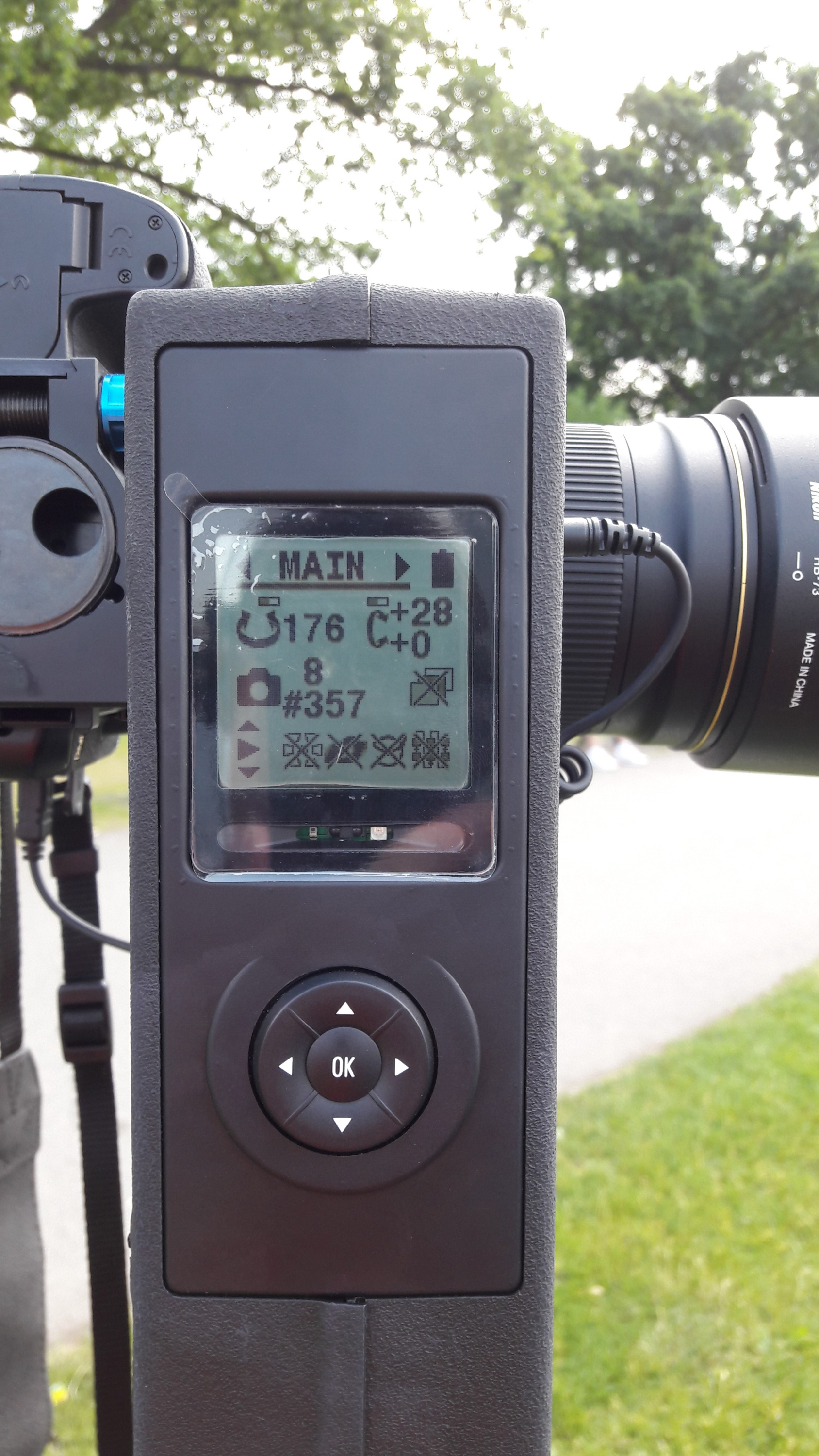Clauss RODEON piXplorer
Clauss RODEON piXplorer
I'm using the Clauss RODEON piXplorer since 2017 primary to create gigapixel panoramas. Usually I shoot with a 85mm, 105, 180mm and 300mm lens. Here are the Clauss RODEON piXplorer keyfeatures:
- Small, lightweight, low-cost but high quality standards.
- Integrated control panel and 11.1V rechargeable battery pack (7 hrs operating time), Dust and humidity protection (IP 54 standards).
- New quick-release system with a unique super-flat quick-release adapter.
Here a photo take durimg the shooting at Ludwigstempel in Aschaffenburg. The results can be found here: http://www.panoplace.local/index.php/work/gigapixel/gigapixel-aschaffenburg-ludwigstempel Here is the link to the location via Google-Maps https://www.google.de/maps/place/Ludwigstempel/@49.9520429,9.1282184,17z/data=!3m1!4b1!4m5!3m4!1s0x47bd47cc253c4e27:0xc497067ff199497!8m2!3d49.9520429!4d9.1304071?hl=de
The photos are taken with a Nikon D71000 and a AF-S NIKKOR 300 mm 1:4E PF ED VR.
 Photography & Project by panoplace.com & Stefan Dungs
Photography & Project by panoplace.com & Stefan Dungs
Unfortunately, there is no possibility to transfer the parameters of a panoramic image to a computer via e.g. IR or Bluetooth. Therefore, I either save the settings of a shooting as a preset. There are a total of 10 presets available or I simply take a photo with my mobile phone to assign the parameters to the individual panorama.
 Photography & Project by panoplace.com & Stefan Dungs
Photography & Project by panoplace.com & Stefan Dungs
Later, I use Papywizard to create a corresponding xml file and then use AutoPano Giga to combine the pictures into a panorama.
